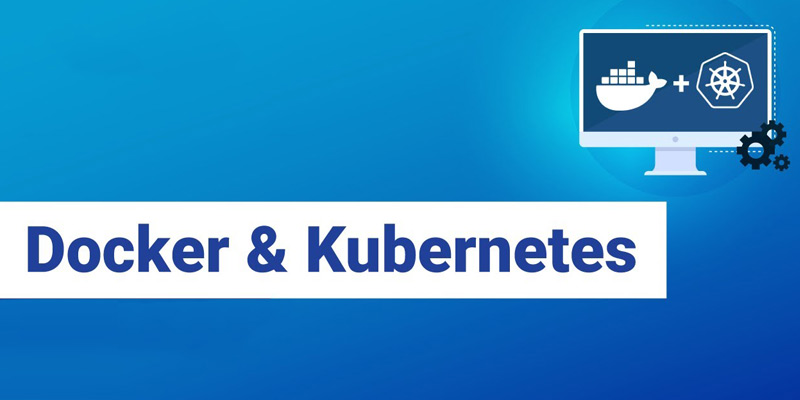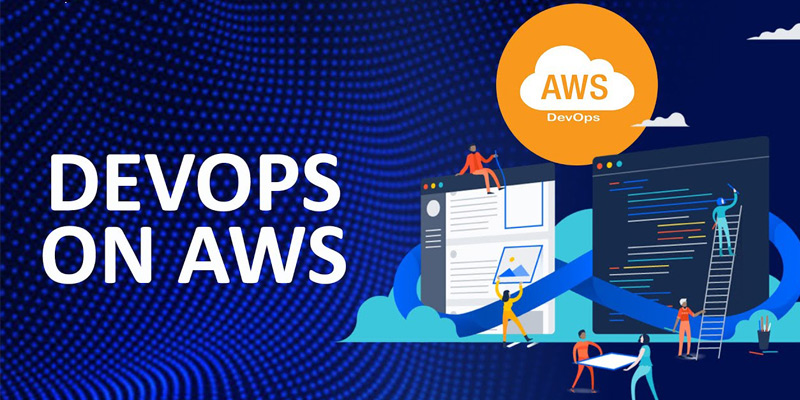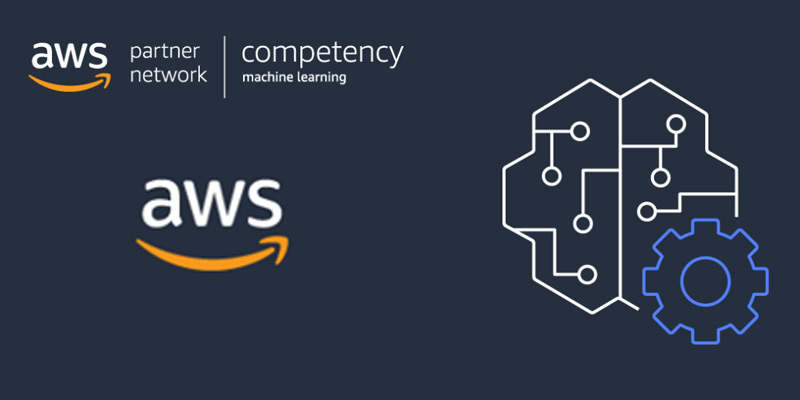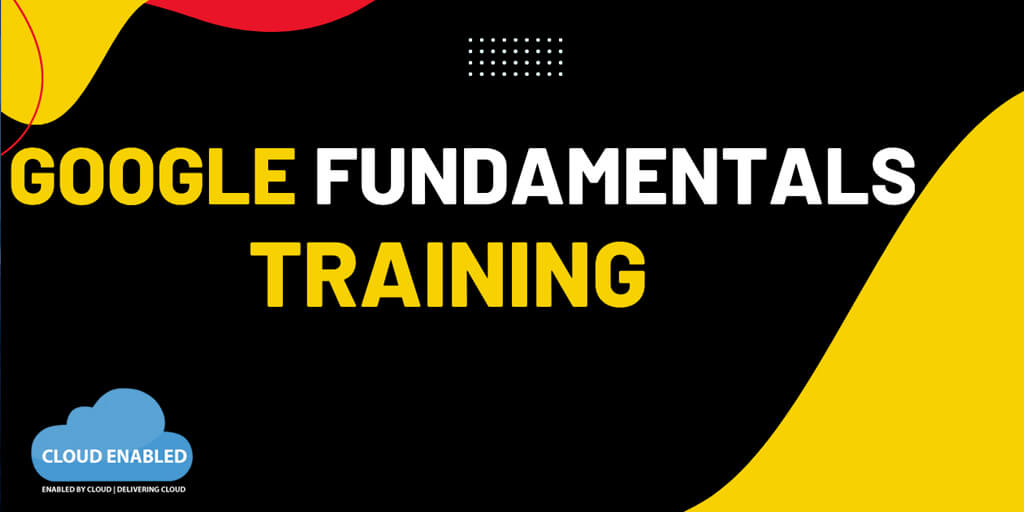- +91 90080 05404
- reach@thecloudenabled.com
- India, Singapore
GCP Training in India – System Operations
Workshop
4.2
4.2/5
Price :
₹1,80,000
Category :
Management


Anil Bidari
Chief Consultant
Anil Bidari is a versatile trainer and consultant specializing in GitLab, AWS, Azure, Google, DevOps, Jenkins, Kubernetes, Ansible, Docker, Agile, and Machine Learning. His expertise drives successful technology adoption and implementation, benefiting organizations and individuals alike.
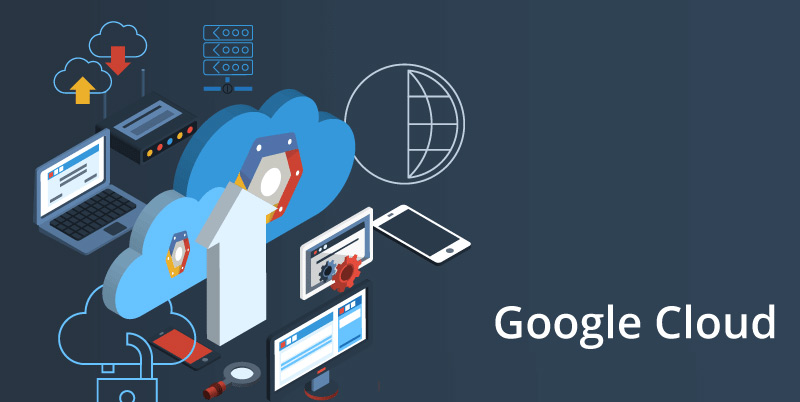

- Time Duration : 28 Hours - 4 Days
- Study Lecture : 20 Lectures
- Skill Level : Advance Course
- Certificate : Yes
- Training Delivery Mode : Online - Live Instructor Led training
OVERVIEW : GCP Training in India
COURSE DESCRIPTION
COURSE SUMMARY
COURSE OBJECTIVE
COURSE DESCRIPTION
The Google Cloud – System Operations Workshop Training is a comprehensive program designed to provide participants with the knowledge and skills required to effectively operate and manage systems on the Google Cloud Platform (GCP). This workshop covers key topics such as infrastructure management, monitoring, troubleshooting, and automation using Google Cloud tools and services. Participants will gain practical experience in configuring and managing Google Compute Engine instances, deploying and scaling applications, implementing monitoring and logging solutions, and automating operational tasks. Through hands-on labs and real-world scenarios, attendees will develop the skills necessary to ensure the reliability, scalability, and efficiency of systems on GCP. This workshop is ideal for system administrators, DevOps engineers, and IT professionals looking to enhance their skills in managing and operating systems on the Google Cloud Platform.
COURSE SUMMARY
The Google Cloud – System Operations Workshop Training is a comprehensive program that focuses on equipping participants with the skills and knowledge to effectively operate and manage systems on the Google Cloud Platform (GCP). This workshop covers key aspects such as infrastructure management, monitoring, troubleshooting, and automation using Google Cloud tools and services. Participants will gain hands-on experience in configuring and managing Google Compute Engine instances, deploying and scaling applications, implementing robust monitoring and logging solutions, and automating operational tasks. Through practical exercises and real-world scenarios, attendees will develop the expertise needed to ensure the reliability, scalability, and efficiency of systems on the Google Cloud Platform. This workshop is ideal for system administrators, DevOps engineers, and IT professionals seeking to enhance their abilities in managing and operating systems on GCP.
COURSE OBJECTIVE
The objective of the Google Cloud – System Operations Workshop Training is to provide participants with the necessary skills and expertise to effectively operate and manage systems on the Google Cloud Platform (GCP). The course aims to equip participants with a deep understanding of infrastructure management, monitoring, troubleshooting, and automation using Google Cloud tools and services. Participants will learn how to configure and manage Google Compute Engine instances, deploy and scale applications, implement robust monitoring and logging solutions, and automate operational tasks. Through hands-on labs and real-world scenarios, participants will develop the skills required to ensure the reliability, scalability, and efficiency of systems on the Google Cloud Platform. By the end of the training, participants will be well-prepared to manage and operate systems effectively on GCP.
Course Outline
User Sign up?
- Overview Google Compute Engine Console
- Management Activity and Billing overview
- Google Compute Engine Pricing
Google Compute Platform (GCP)– 10000 feet overview?
- GCE-VM’s- An overview
- GCE VM storage- An Overview
- App Engine – An overview
- GCP - Container Engine-An Overview
- GCP - Container Registry- An overview
- GCP – Cloud Storage – An overview
- GCP – Cloud DataStore
- GCP – Cloud SQL
- GCP – Networking ,Load Balancing
- GCP – Cloud DNS
- GCP – Cloud Dataproc ( BigData service)
- GCP – Cloud IAM
Module 1: Google Cloud Platform Projects
- Learning Objectives
- Identify project resources and quotas
- Explain the purpose of Google Cloud Resource Manager and Identity and Access Management
- Lab: Google Cloud Platform Projects
- Learning Objectives
- Use the Google Developers Console to create and manage multiple projects
- Use service accounts and permissions to share view-level access between projects
Module 2: Instances
- Create an instance using the Google Developers Console
- Configure the Cloud SDK on the Compute Engine instance
- Initialize Cloud Source Repositories using Git
Module 3: Networks
- Learning Objectives
- Explain how to create and manage networks in projects
- Identify how to create and manage firewall rules, routes, and IP addresses
- Lab: Google Compute Engine Networks
- Learning Objectives
- Create a non-default network
- Compare default and non-default networks
- Create firewall-rules with and without tags
- Review network configuration in Google Cloud Monitoring
Module 4: Disks and Images
- Learning Objectives
- Explain how to create and manage persistent disks
- Identify how to create and manage disk images
Lab: Google Compute Engine Disks and Images
- Learning Objectives
- Create an instance and install the Java 7 JRE from OpenJDK
- Create a customized Compute Engine image
- Launch and test a Compute Engine instance based on your image
Module 5: Authorization
- Learning Objectives
- Explain the purposes of and use cases for Google Compute Engine service accounts
- Identify the types of service account scopes
Lab: Google Compute Engine Authorization
- Learning Objectives
- Set authorization scopes for a Compute Engine instance
- Reserve the external IP address for the new instance
- Install and configure Jenkins on a Compute Engine instance
Module 6: Snapshots
- Learning Objectives
- Identify the purpose of and use cases for disk snapshots
- Explain the process of creating a snapshot
Lab: Google Compute Engine Snapshots
- Learning Objectives
- Prepare and snapshot a Compute Engine instance
- Restore and test the snapshot to a different zone
- Snapshot a data disk without shutting down an instance
Module 7: Google Cloud Storage
- Learning Objectives
- Explain the purpose of and use cases for Google Cloud Storage
- Identify methods for accessing Google Cloud Storage buckets and objects
- Explain the security options available for Google Cloud Storage buckets and objects
Lab: Google Cloud Storage for Backups
- Learning Objectives
- Create and configure Nearline and DRA buckets
- Modify the lifecycle management policy for a bucket
- Copy data to a bucket using the Cloud SDK
- Review, modify, and test bucket ACLs
- Configure Jenkins to perform a backup to Cloud Storage
- Test and verify that the backups are working
Lab: Google Container Registry
- Learning Objectives
- Create a customized Jenkins build node instance
- Create an image using the instance's boot persistent disk
- Create a test build node instance based on the new image
- Test uploading images to Google Container Registry
Module 8: Instance Groups
- Learning Objectives
- Identify the purpose of and use cases for instance groups
- Explain the process of creating and using instance groups
Lab: Google Compute Engine Instance Groups
- Learning Objectives
- Create a Compute Engine instance group with instances
- Define Jenkins build tasks and run them
- Run the build tasks to create a guestbook image
Module 9: Google Cloud SQL
- Learning Objectives
- Understand how to create and administer Cloud SQL instances
- Explain how to access Cloud SQL instances from Compute Engine instances
Lab: Google Cloud SQL
- Learning Objectives
- Create a Cloud SQL instance using the Cloud SDK
- Create a Compute Engine instance from a custom image
- Deploy and test the Guestbook web application
Module 10: Metadata
- Learning Objectives
- Explain the purpose of metadata and identify the use cases for project and instance metadata
- Identify how to set and query metadata
Lab: Google Compute Engine Metadata
- Learning Objectives
- Add instance and project metadata
- Query instance and project metadata using the Cloud SDK
- Query metadata from inside a Compute Engine instance
Module 11: Startup and Shutdown Scripts
Identify the purpose of and use cases for startup and shutdown scripts
Lab: Google Compute Engine Startup Scripts
- Learning Objectives
- Create an instance with a startup script in metadata
- Create an instance with a startup script from Cloud Storage
- Create an instance with a shutdown script and install the Cloud Logging agent
Lab: Google API Client Library
- Learning Objectives
- Use the API Explorer to query an API request
- Run sample code that uses the Google API Client Library
- Test and build a container that uses the Cloud SQL APIs
- Create a new Compute Engine image
Module 12: Autoscaling
- Learning Objectives
- Explain the use cases for autoscaling and how autoscaling functions
- Identify the purpose of autoscaling policies
Lab: Google Compute Engine Autoscaler
- Learning Objectives
- Create an instance template and managed instance group
- Configure the managed instance group for autoscaling
- Generate an artificial load to trigger scaling of your cluster
Module 13: Load Balancing
- Learning Objectives
- Explain the differences between network load balancing and HTTP load balancing
- Identify the purpose of and use cases for cross-region and content-based load balancing
Lab: HTTP/HTTPS Load Balancing
- Learning Objectives
- Create multiple autoscaled managed instance groups
- Configure fault-tolerant HTTP load balancing
- Test health checks for use with HTTP load balancing
Lab: Google Cloud Deployment Manager
- Learning Objectives
- Create a Guestbook deployment using a plain YAML format
- Manage a Guestbook deployment using a Jinja template
- Create a Guestbook deployment using Python templates
Lab: Deleting Cloud Platform Projects and Resources
- Learning Objectives
- Delete Google Cloud Platform resources
- Test dependencies between resources
- Delete Google Cloud Platform projects
Let's Enroll Our Course !!
Cloud Enabled Pvt Ltd is your trusted partner in advancing your skills. We offer comprehensive training in Cloud Computing, DevOps, and Machine Learning, designed to propel your career.

